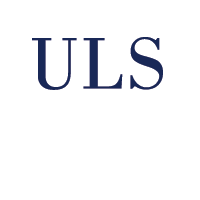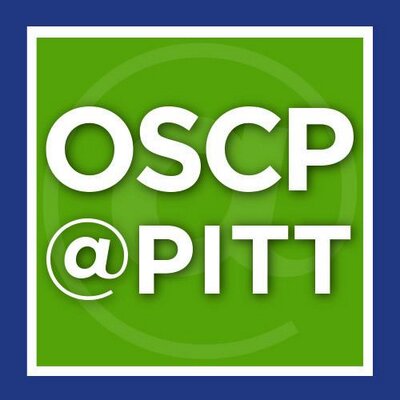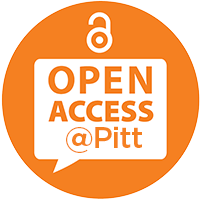Saper, RB and Sherman, KJ and Delitto, A and Herman, PM and Stevans, J and Paris, R and Keosaian, JE and Cerrada, CJ and Lemaster, CM and Faulkner, C and Breuer, M and Weinberg, J
(2014)
Yoga vs. physical therapy vs. education for chronic low back pain in predominantly minority populations: Study protocol for a randomized controlled trial.
Trials, 15 (1).
Abstract
Background: Chronic low back pain causes substantial morbidity and cost to society while disproportionately impacting low-income and minority adults. Several randomized controlled trials show yoga is an effective treatment. However, the comparative effectiveness of yoga and physical therapy, a common mainstream treatment for chronic low back pain, is unknown.Methods/Design: This is a randomized controlled trial for 320 predominantly low-income minority adults with chronic low back pain, comparing yoga, physical therapy, and education. Inclusion criteria are adults 18-64 years old with non-specific low back pain lasting ≥12 weeks and a self-reported average pain intensity of ≥4 on a 0-10 scale. Recruitment takes place at Boston Medical Center, an urban academic safety-net hospital and seven federally qualified community health centers located in diverse neighborhoods. The 52-week study has an initial 12-week Treatment Phase where participants are randomized in a 2:2:1 ratio into i) a standardized weekly hatha yoga class supplemented by home practice; ii) a standardized evidence-based exercise therapy protocol adapted from the Treatment Based Classification method, individually delivered by a physical therapist and supplemented by home practice; and iii) education delivered through a self-care book. Co-primary outcome measures are 12-week pain intensity measured on an 11-point numerical rating scale and back-specific function measured using the modified Roland Morris Disability Questionnaire. In the subsequent 40-week Maintenance Phase, yoga participants are re-randomized in a 1:1 ratio to either structured maintenance yoga classes or home practice only. Physical therapy participants are similarly re-randomized to either five booster sessions or home practice only. Education participants continue to follow recommendations of educational materials. We will also assess cost effectiveness from the perspectives of the individual, insurers, and society using claims databases, electronic medical records, self-report cost data, and study records. Qualitative data from interviews will add subjective detail to complement quantitative data.Trial registration: This trial is registered in ClinicalTrials.gov, with the ID number: NCT01343927. © 2014 Saper et al.; licensee BioMed Central Ltd.
Share
| Citation/Export: |
|
| Social Networking: |
|
Details
| Item Type: |
Article
|
| Status: |
Published |
| Creators/Authors: |
| Creators | Email | Pitt Username | ORCID  |
|---|
| Saper, RB | | | | | Sherman, KJ | | | | | Delitto, A | delitto@pitt.edu | DELITTO | | | Herman, PM | | | | | Stevans, J | JMS363@pitt.edu | JMS363 | | | Paris, R | | | | | Keosaian, JE | | | | | Cerrada, CJ | | | | | Lemaster, CM | | | | | Faulkner, C | | | | | Breuer, M | | | | | Weinberg, J | | | |
|
| Date: |
26 February 2014 |
| Date Type: |
Publication |
| Journal or Publication Title: |
Trials |
| Volume: |
15 |
| Number: |
1 |
| DOI or Unique Handle: |
10.1186/1745-6215-15-67 |
| Schools and Programs: |
School of Health and Rehabilitation Sciences > Health and Rehabilitation Sciences |
| Refereed: |
Yes |
| Date Deposited: |
02 Dec 2016 20:36 |
| Last Modified: |
25 Mar 2022 10:55 |
| URI: |
http://d-scholarship.pitt.edu/id/eprint/29589 |
Metrics
Monthly Views for the past 3 years
Plum Analytics
Altmetric.com
Actions (login required)
 |
View Item |








